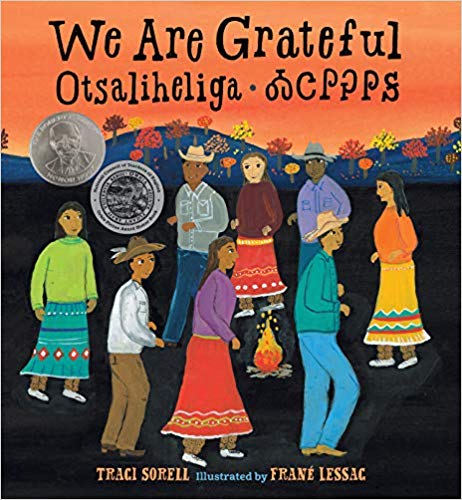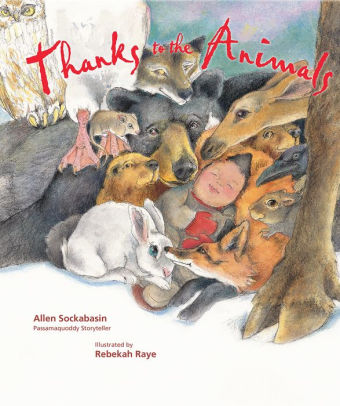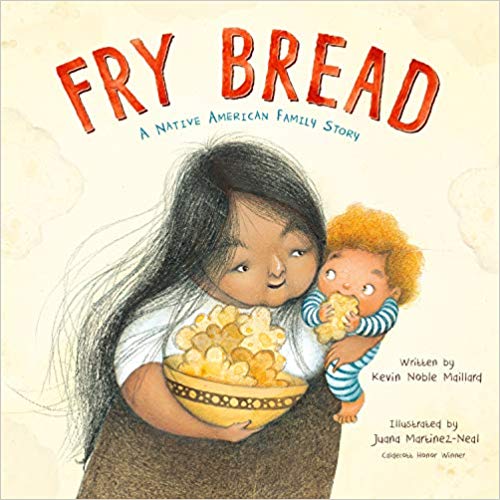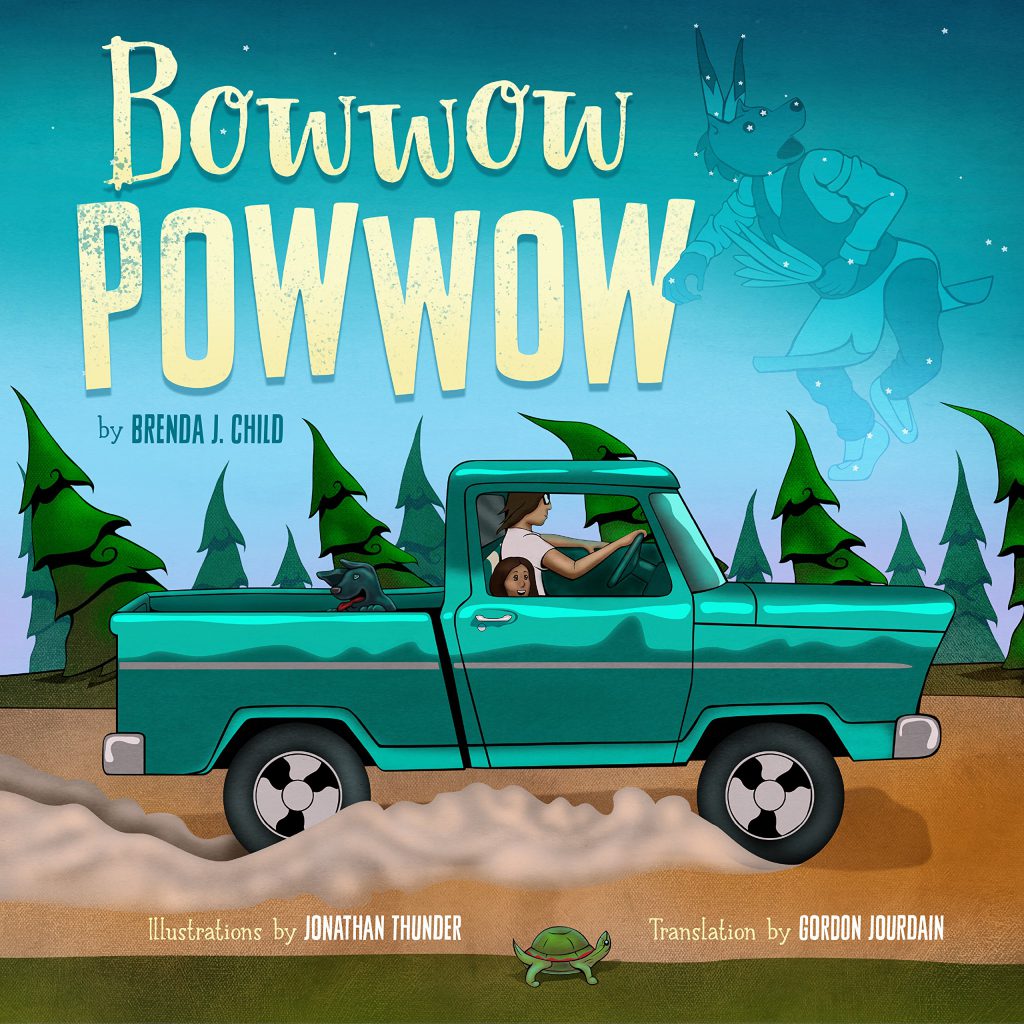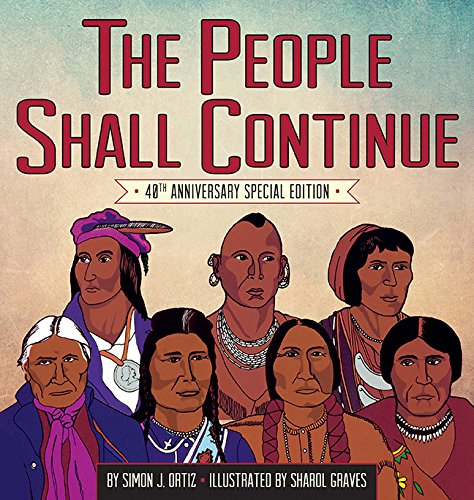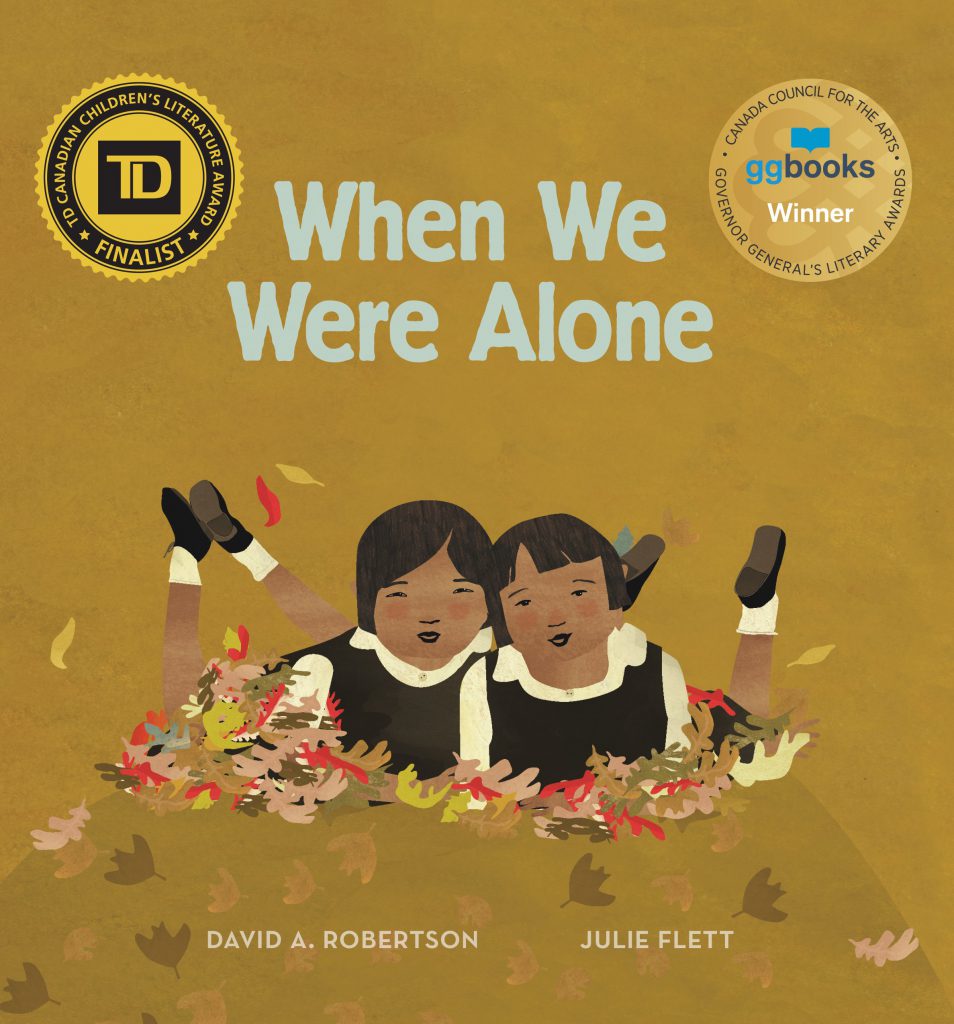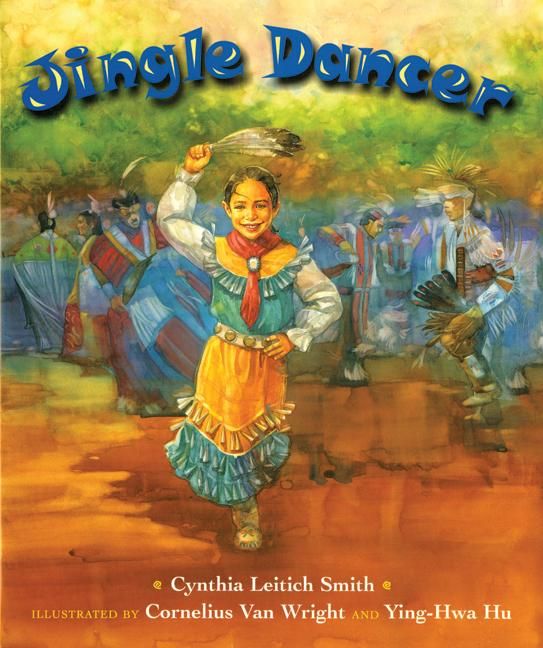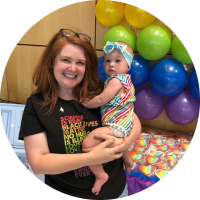Honoring Indigenous People
Raise your hand if you grew up having a Thanksgiving feast at school. Some kids dressed up as Native Americans and some dressed up as Pilgrims. You ate “delicious” (cafeteria food isn’t ever delicious) mashed potatoes and celebrated 2 cultures coming together. Just like at the First Thanksgiving.
Except the “first Thanksgiving” wasn’t like that at all. I’m still learning about the events that took place before and after colonists settled and how it impacted Native American people. I’m sad I wasn’t taught more about our true history and I hope we can do better for our students and children.
Karen Jones shared this powerful article and this quote in particular stuck out to me.
“There are so many things wrong with the happy celebration that takes place in elementary schools and its association to American Indian culture; compromised integrity, stereotyping, and cultural misappropriation are three examples.” -Dennis W. Zotigh
You can read more at this link.
I also found this statement especially true and troubling.
“Many American children associate Thanksgiving actions and images with Indian culture for the rest of their lives.”
So that’s WHY I’m writing this post! We are not honoring Indigenous people by dressing up in silly costumes. But we absolutely can do better and I hope we will. I wanted to share two simple ways you can honor Indigenous people during the month of November and all year long. American history didn’t start when Europeans came. Our social studies curriculum is entirely lacking if we only include Native American history in November. But sometimes taking one small step makes it all seem more manageable. We can’t change years and years of false narratives…but we can change what we teach tomorrow!
Share the True History of Native Americans and European Settlers
Just like we share the Civil Rights Movement with our young students, its important that we share America’s tragic history with Native Americans. Do we need to tell them everything? Probably not. But we do need to tell them some things and we absolutely shouldn’t lie. Here a few pieces of information you might choose to share.
- Feasts of Thanksgiving took place long before the “first” Thanksgiving. The Wampanoag had many feasts like this, celebrating the Earth and it’s blessings. They believed as long as they gave back to the land, it would give back to them. Many other cultures and civilizations continue to have feasts of thanks as well. These would be a great thing to study together.
- The actual “Thanksgiving feast” between the Wampanoag and colonists is murky and it’s hard to know exactly what happened. Historians do believe they had a meal together, but not everyone is in agreement about how it started or why.
- Many, many groups of Indigenous people were near decimated by European diseases.
- The actual day of Thanksgiving was first celebrated as a victory over the Pequot people. Governor Winthrop declared it a holiday…with hundreds of innocent people dead. Many Pequot people and others celebrate The Day of Mourning instead of Thanksgiving to remember this tragedy.
- For many years, European colonists and Native American tribes were at war. Though there were times of peace, it was not, in general, a time of peace.
- Tisquantum, often called Squanto, knew English because he was sold into slavery by European colonists. He returned to find his entire tribe killed by disease.
History.com shares how many Native Americans feel about the “first Thanksgiving” story many schools share. “In their view, the traditional narrative paints a deceptively sunny portrait of relations between the Pilgrims and the Wampanoag people, masking the long and bloody history of conflict between Native Americans and European settlers that resulted in the deaths of millions.”
With all of that new information, I hope we can agree it’s super important that we DO talk about the history of Thanksgiving. It will just look different than what we were taught!

Share Read-Alouds about Native American Culture
Did you know November is Native American Heritage Month? I didn’t!! I’m so glad I know now so I can focus on this!
I scoured Amazon and found a few great read-alouds that celebrate Native American culture. Like I said above, it’s important not to group Native American groups together. There are so many tribes with unique and important history! I tried to be mindful of this as I chose books. I also tried ot choose books written by native voices because we know how important it is for stories to be authentic.
The titles below are linked to my Amazon store. That means I receive a small commission at no cost to you. 🙂
We Are Grateful (Otsaliheliga)
This beautiful colorful text is written by Traci Sorell and illustrated by Frane’ Lessac. Traci is a member of the Cherokee nation. She writes about the different seasons and what she and her family are grateful (ostaliheliga) for. I love the way she depicts Cherokee culture and the details she includes. Did you know Native American men make up a large percentage of American soldiers? I love that she depicts one of her family members leaving for deployment. I also LOVE the connection to gratefulness, so it makes a perfect tie-in to Thanksgiving while still honoring the Cherokee people.
This book by Allen Sockasbasin and illustrated by Rebekah Rye reminds me of The Mitten and is told like a traditional tale. You can even hear Allen tell the story in his native language through a QR code at the back of the book. Allen is a Passamaquoddy story teller and this book is beautifully written. It tells the story of a family who loses their baby on a trip north. The animals surround the baby to keep him warm, and the family is so thankful to the animals. Its a beautiful tale of belief that if we give to the earth, she will give back to us.
I think Fry Bread is probably my favorite from this list and you may have seen it floating around on social media. It’s written by Kevin Noble Maillard and Illustrated by Juana Martinez-Neal. It is written as short poems and uses Fry Bread to introduce many parts of Native American culture. Beautiful words like “the long walk, the stolen land, strangers in our own world…” are excellent for making connections to history and especially to the true story of Thanksgiving I talked about above. My favorite page, though says “Fry bread is nation. Abenaki, Apache, Araphoe…hundreds and hundreds of tribes.” Its perfect to discuss how different tribes are NOT the same. The author even includes a recipe that would be awesome to re-create as a class! I love what he says about the book “The story of fry bread is the story of the American Indians: embracing community and culture in the face of opposition.”
This beautiful story is written in English but translated into Ojibwe. It’s a great way to introduce bilingualism and how special it is to know 2 languages. Many students in our classes can relate to this and it’s so important we encourage their native languages. The English story is written by Brenda Child, translated by Gordon Jourdain and Illustrated by Johnathan Thunder. The story tells about Windy Girl who travels to a powwow with her uncle and her dog, Itchy Boy. She dreams of a powwow where all the characters are dogs, but they depict true events. Things like native dancers, traditional snacks and drummers. This fun and simple text does an awesome job introducing many important pieces of Windy Girls’ family culture.
This story tells all about true Native American culture and history. It shares about elders, and teachers and hunters and legends. I highly recommend this book when you are introducing Indigenous people and culture. It does an awesome job weaving many tribes together while also sharing about them individually. It handles the true history of European settlers and their relationships with Native Americans. It is pretty long, so I would definitely break it up or even just read parts of it in primary classrooms.
This book is a must-read in every classroom and home! Written by David A. Robertson and illustrated by Julie Flett. It’s the true story of boarding schools many Indigenous children were sent to. It’s the story of a grandma, “Nokum” telling her history to her granddaughter. She shares the heartbreak of losing her identify in the schools and what she and her sister did when she and her sister were alone. Young students will be able to make deep connections with this text!
This is a great version of the book read-aloud by young students.
I love this adorable book about a little girl getting ready to dance at a Powwow. It’s written by Cynthia Leitich Smith, a member of the Muscogee nation. I love that the story is set in present time…it reminds our students that Native Americans, and the Muscogee Creek people, are still thriving and their culture remains an incredibly important part of of America.
There is still SO much work to be done. As I learn more, I promise to share it with you! How do you honor Indigenous people groups in your classroom? Let me know!
Want to learn more? Here are a few other great sources I found!
- 3 Ways to Expand Native American Culture
- Native Voices Blog Post from We Need Diverse Books
- American Indians in Children’s Literature
